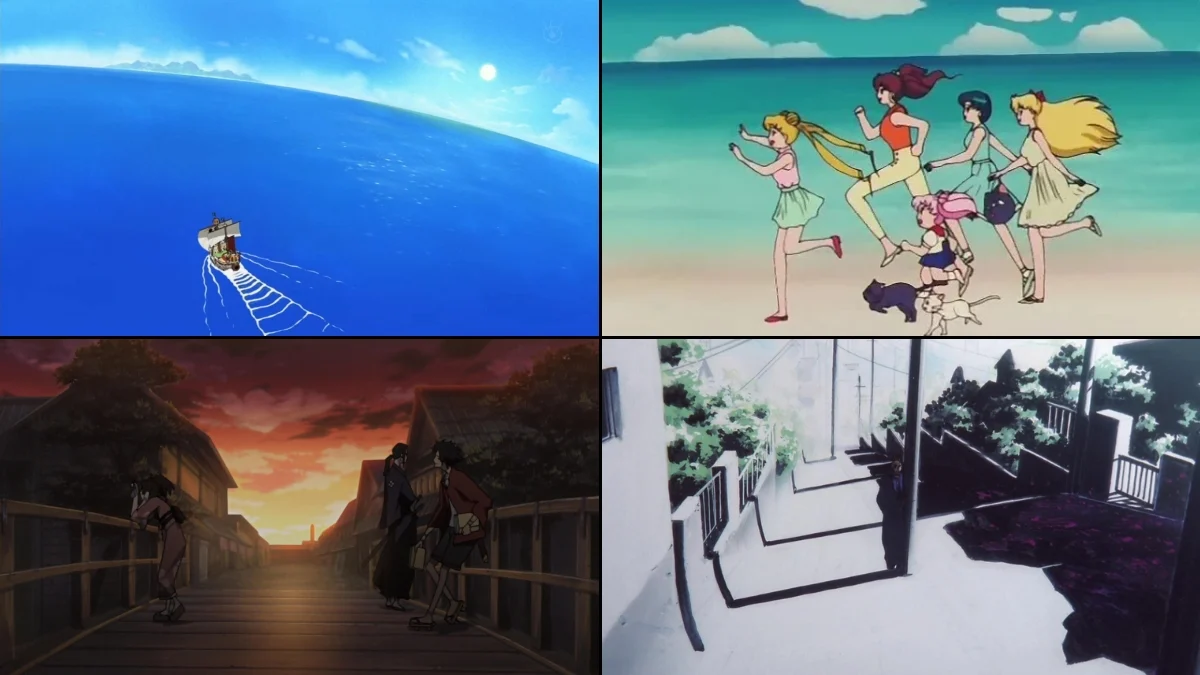
Anime frequently uses visual cues like beaches, water, and the imagery from opening or closing sequences to hint at a story’s themes, mood, and how characters will develop – often before any dialogue even begins. The following sections explore twenty of these recurring visual elements, explaining what they are, when they appear, and how they contribute to the overall narrative or production.
‘One Piece’ (1999– ) – the endless ocean as a promise
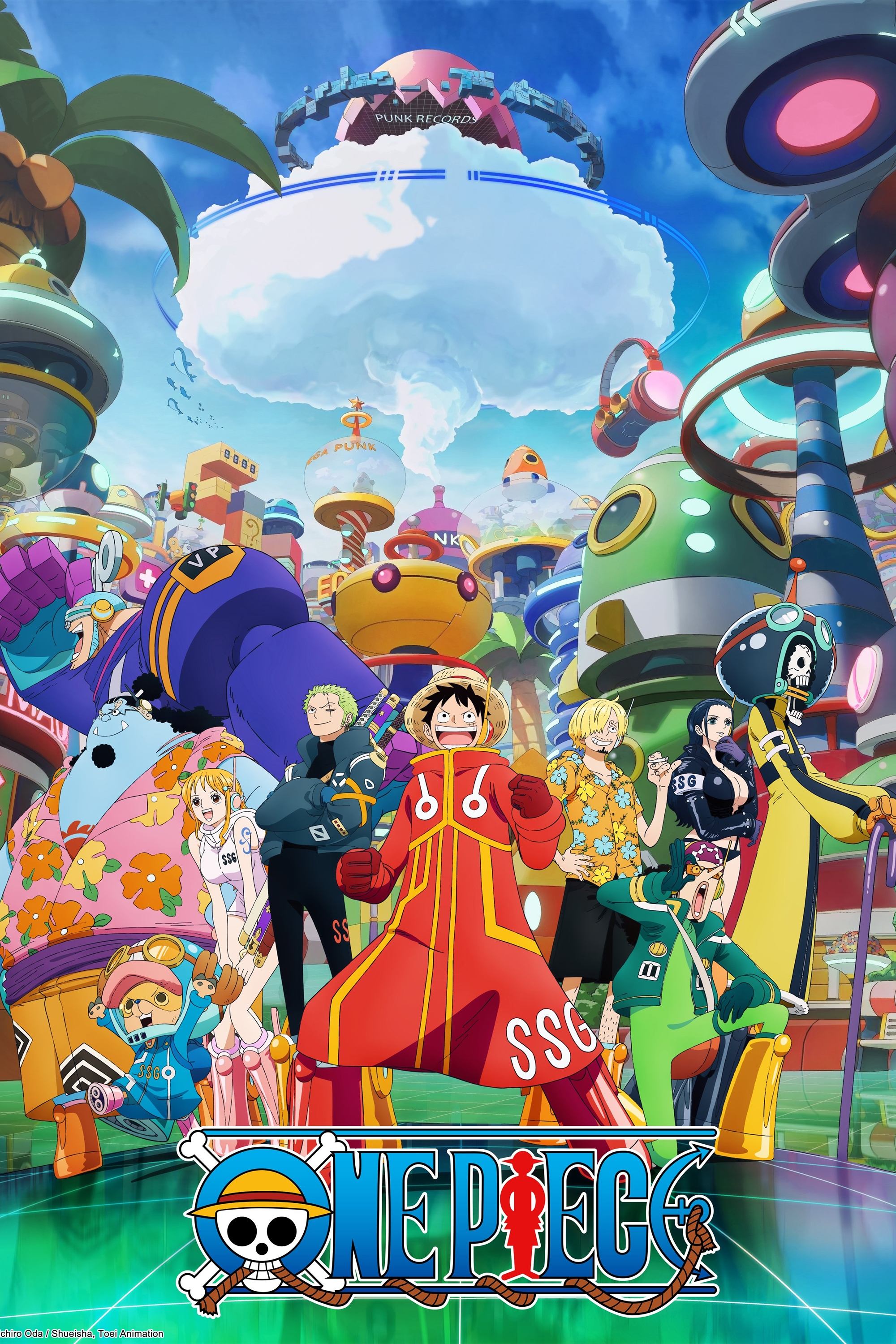
Throughout the series, the iconic Straw Hat flag is consistently shown waving against the ocean, with sweeping horizon shots highlighting the themes of adventure and exploration. The story quickly moves from village life to the open sea, establishing the Grand Line as both the main location and the driving force of the narrative. The ships, like the Going Merry and Thousand Sunny, are treated almost like characters themselves, becoming central to each story arc and representing the crew’s bond. Visually, the start of new adventures is often signaled by changes in the crew’s appearance, new maps, and expansive ocean views, clearly showing the story’s progress.
‘Neon Genesis Evangelion’ (1995–1996) – the red sea and apocalyptic shore
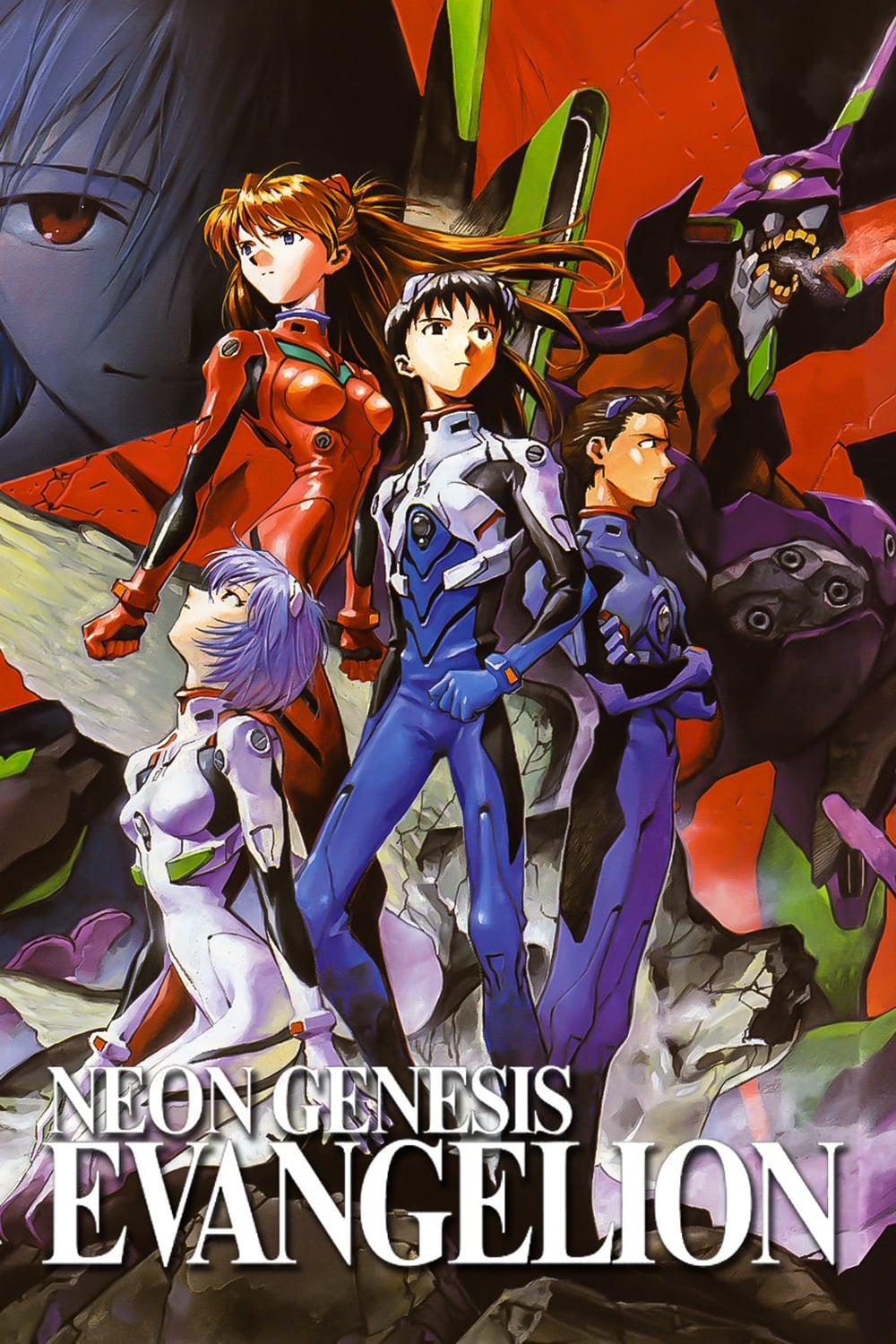
The show depicts a world dramatically changed by a cataclysm called Second Impact, visually emphasized by recurring red oceans. The opening sequence quickly flashes between scientific diagrams and religious symbols, but images of the shoreline highlight the quiet aftermath of the disaster. Important conflicts and their consequences often take place on beaches, with the ocean serving as a visual break between personal stories and the larger, cosmic events. The ending sequence reinforces this contrast, focusing on private feelings against the backdrop of widespread destruction.
‘Neon Genesis Evangelion: The End of Evangelion’ (1997) – beached giants and final shoreline

The film ends with a stark, empty beach scene that visually represents the breakdown of society and its structures. Instead of cityscapes, we see sand, waves, and large pieces of debris, showing a world devoid of people and sound. The camera focuses on the water’s edge, where the constant movement of the tide contrasts with the broken bodies and wreckage surrounding it. This beach serves as a physical boundary, marking the point of no return and the consequences of the story’s final decision.
‘Free!’ (2013–2018) – hydrodynamics and swimmer silhouettes
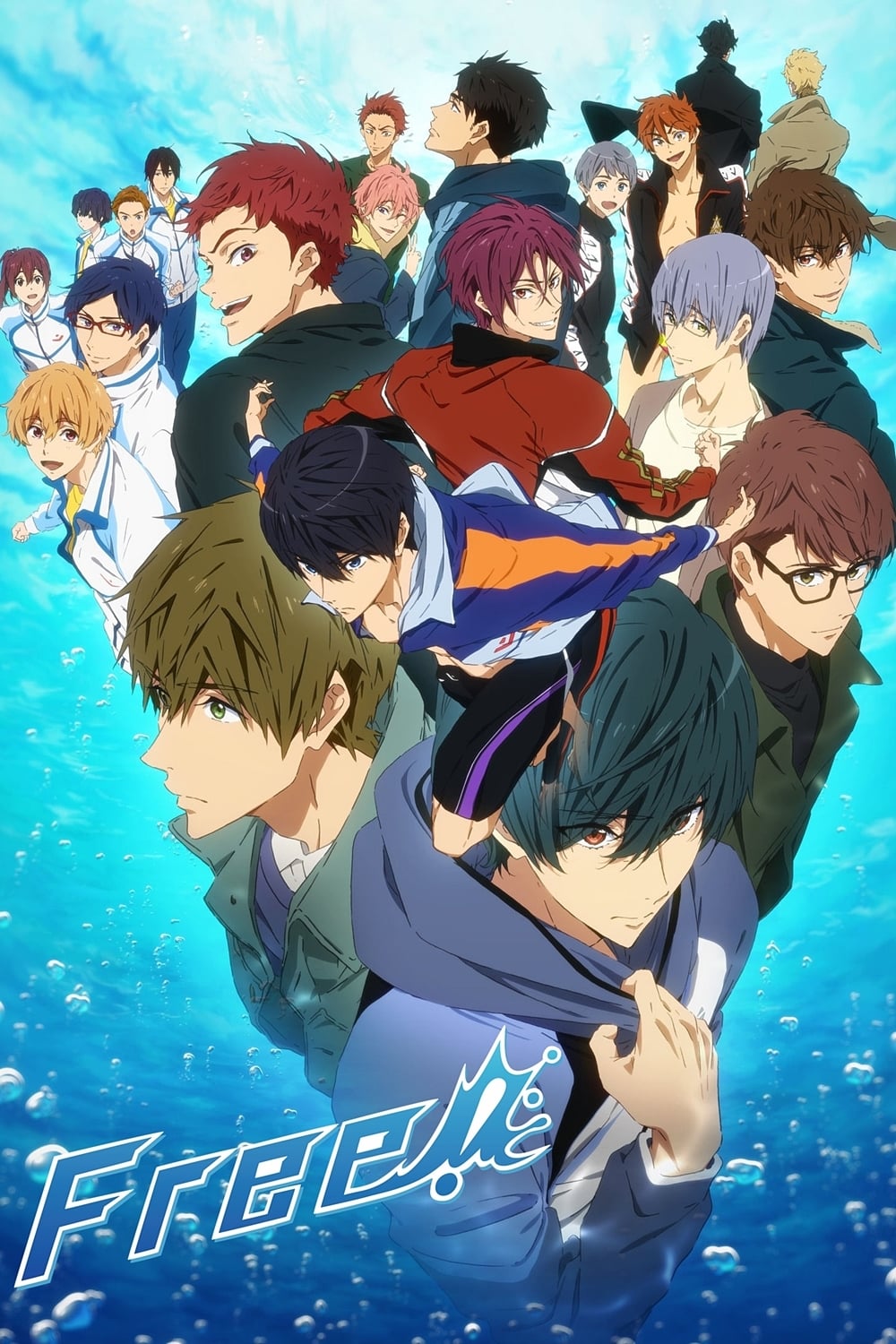
The opening and ending sequences feature clear visuals of lane lines, turning flags, and underwater footage that demonstrates swimming techniques and body positioning. Animated effects like light reflections, bubbles, and ripples emphasize the speed and rhythm of the race. Scenes of characters at the beach and training by the sea reinforce their connection to their coastal hometown. Unique imagery for each character – such as relay exchanges using kickboards – connects their individual stories to their swimming routines.
‘Samurai Champloo’ (2004–2005) – sunset shore as journey coda
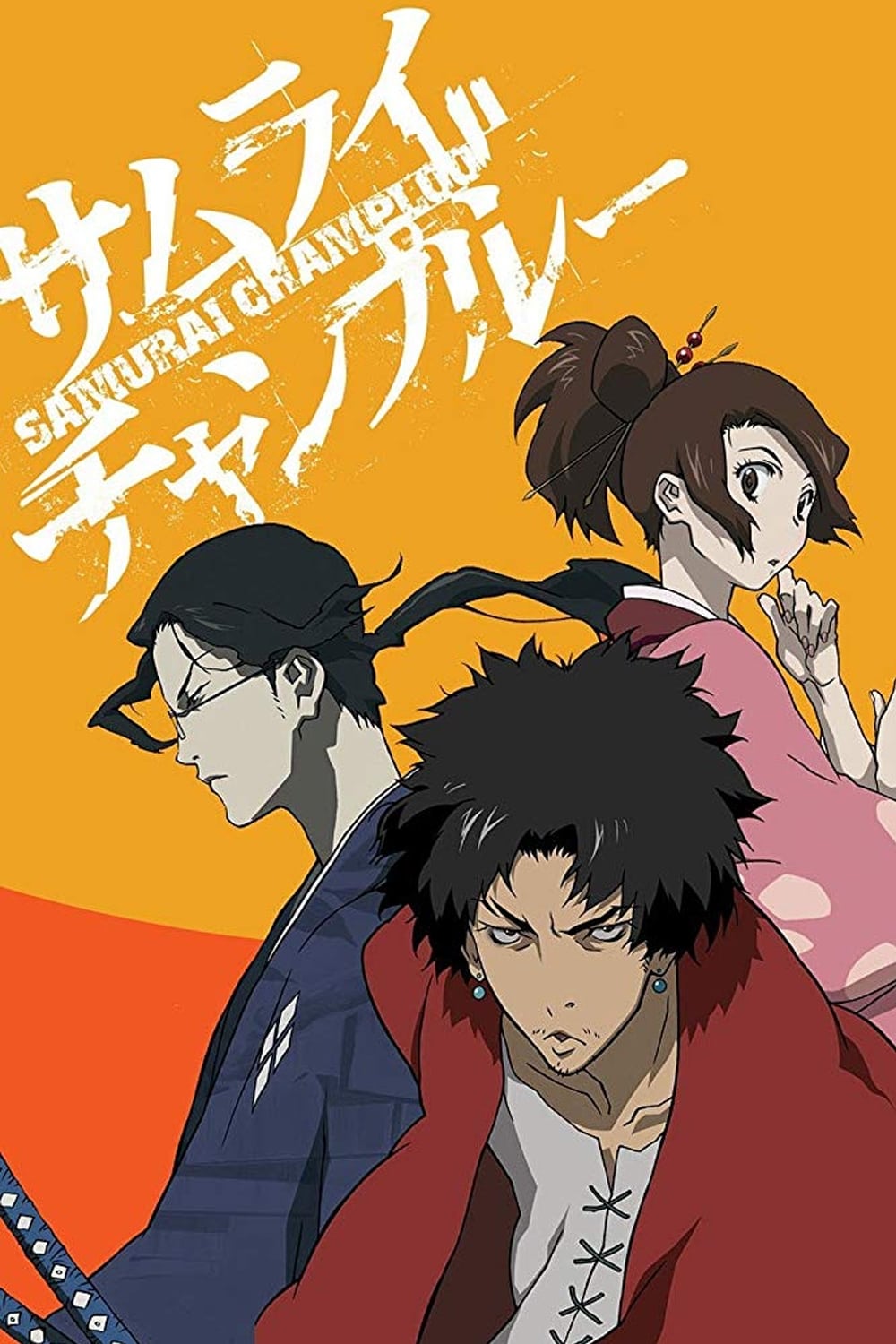
The ‘Shiki no Uta’ music video features the group performing against the beautiful setting of a dusky beach. It alternates between shots of them traveling and their figures outlined against the shore. Each section of the video ends with images of waves and the fading light, following energetic performances. The video’s color scheme uses warm tones and long shadows to emphasize the feeling of a journey. Stylish title cards and graffiti-like graphics maintain the artists’ visual style, while the beach scenes offer moments of calm and contemplation.
‘Spirited Away’ (2001) – the sea-become-railway
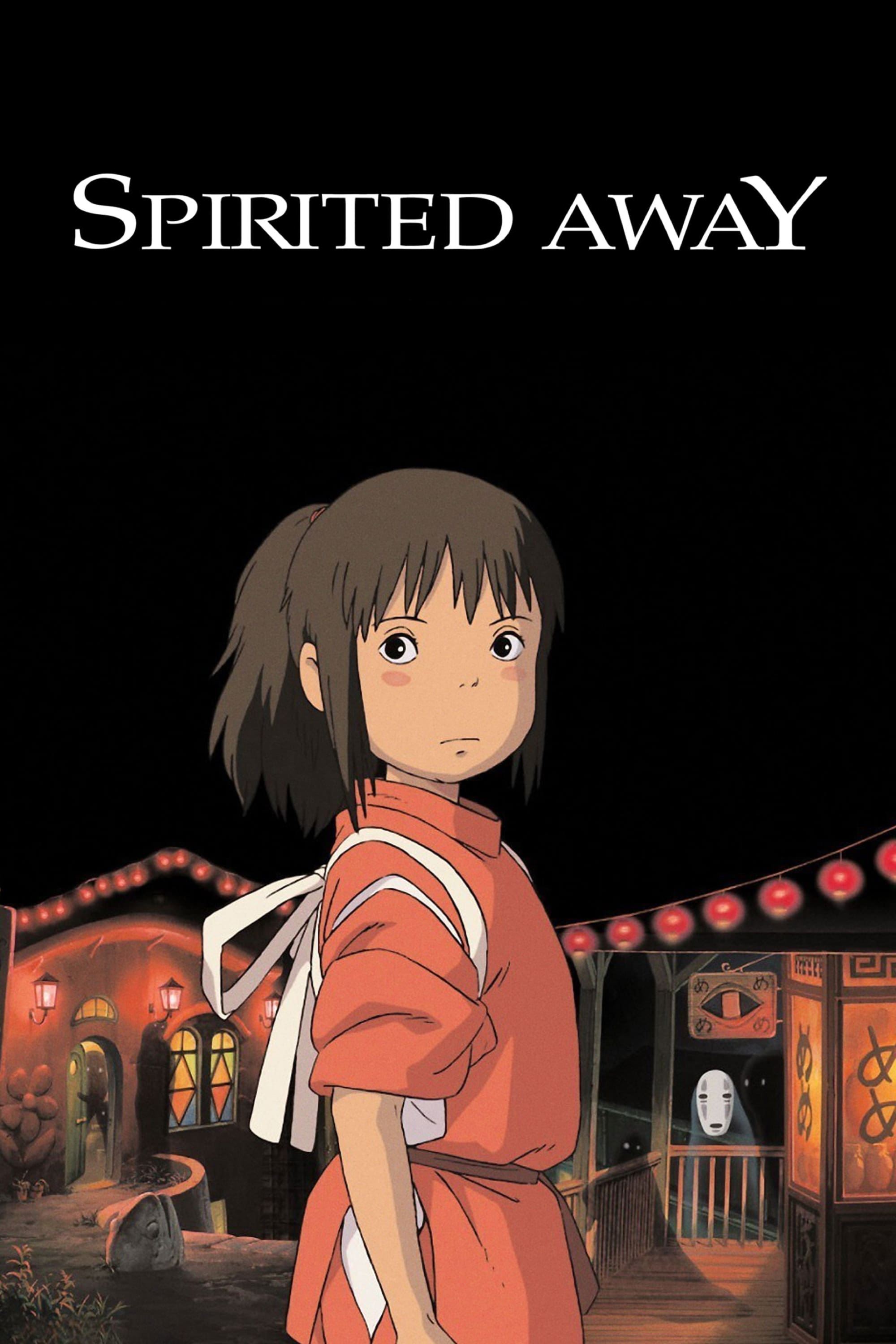
As a fan, I was really struck by the train sequence in the middle of the film. The way they showed the train traveling across the flooded landscape was beautiful – it looked almost like an ocean! The water wasn’t just water, though. With the reflections of the clouds and what seemed like ghostly figures, it felt like a space between worlds, a transition point in the story. They used really long shots and kept the camera at the horizon line, which made you feel the vastness of the journey and how much time was passing. And it was clever how the end credits mirrored that feeling, bringing us back to those water surfaces that separated different realms. It really tied everything together for me.
‘Children of the Sea’ (2019) – cosmic ocean and cetacean choreography
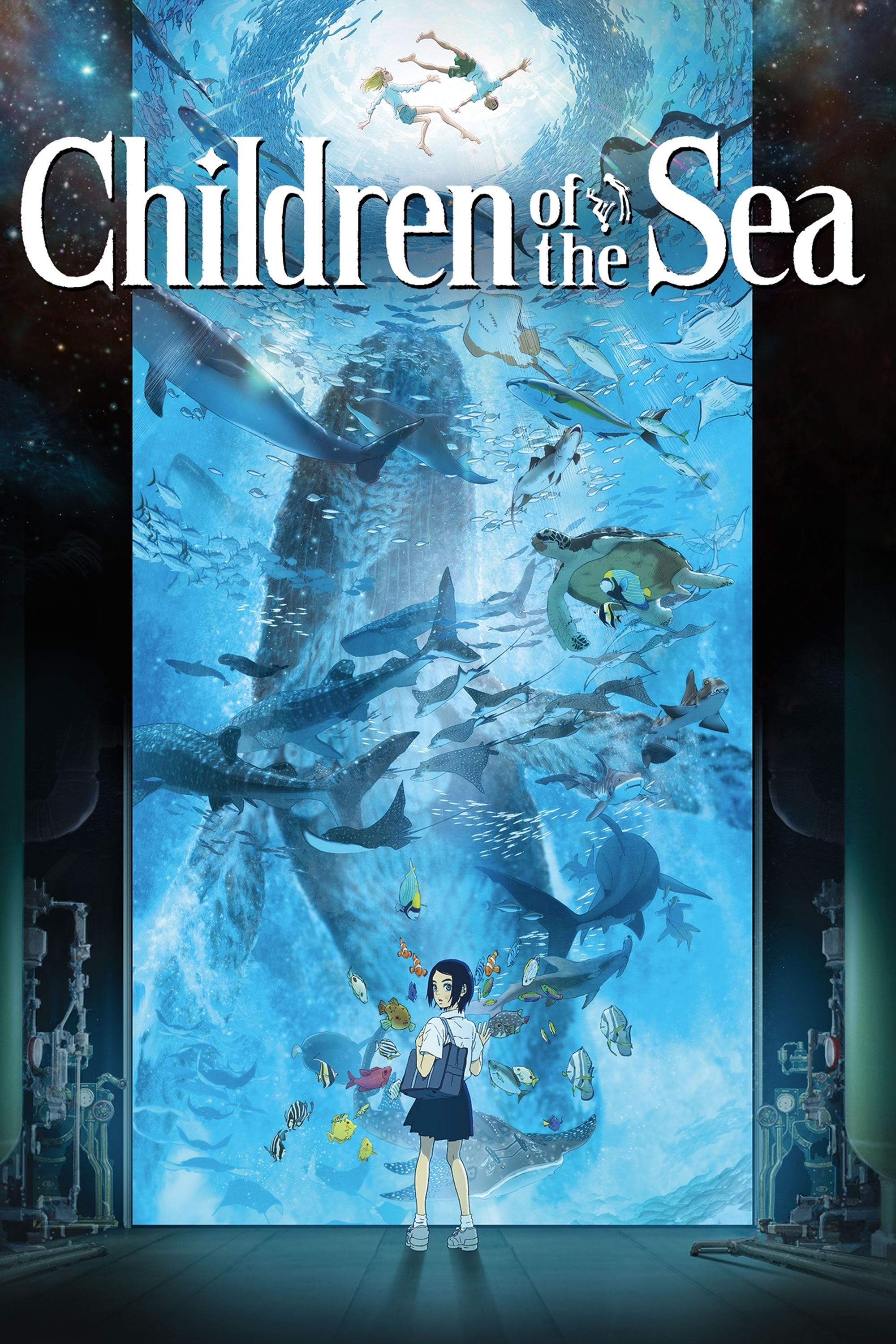
The film beautifully combines images of space and the ocean, presenting schools of fish like constellations and whales as central figures. Key scenes blend glowing plankton, pulsing jellyfish, and whale breaches into carefully choreographed visual displays. The ocean isn’t just a location; it represents the universe itself, with swirling currents and dark depths echoing the cosmos. The film uses scientific elements like charts and diagrams, reminiscent of a natural history museum, to enhance its fantastical storytelling.
‘Ride Your Wave’ (2019) – wave-borne memory and surf iconography
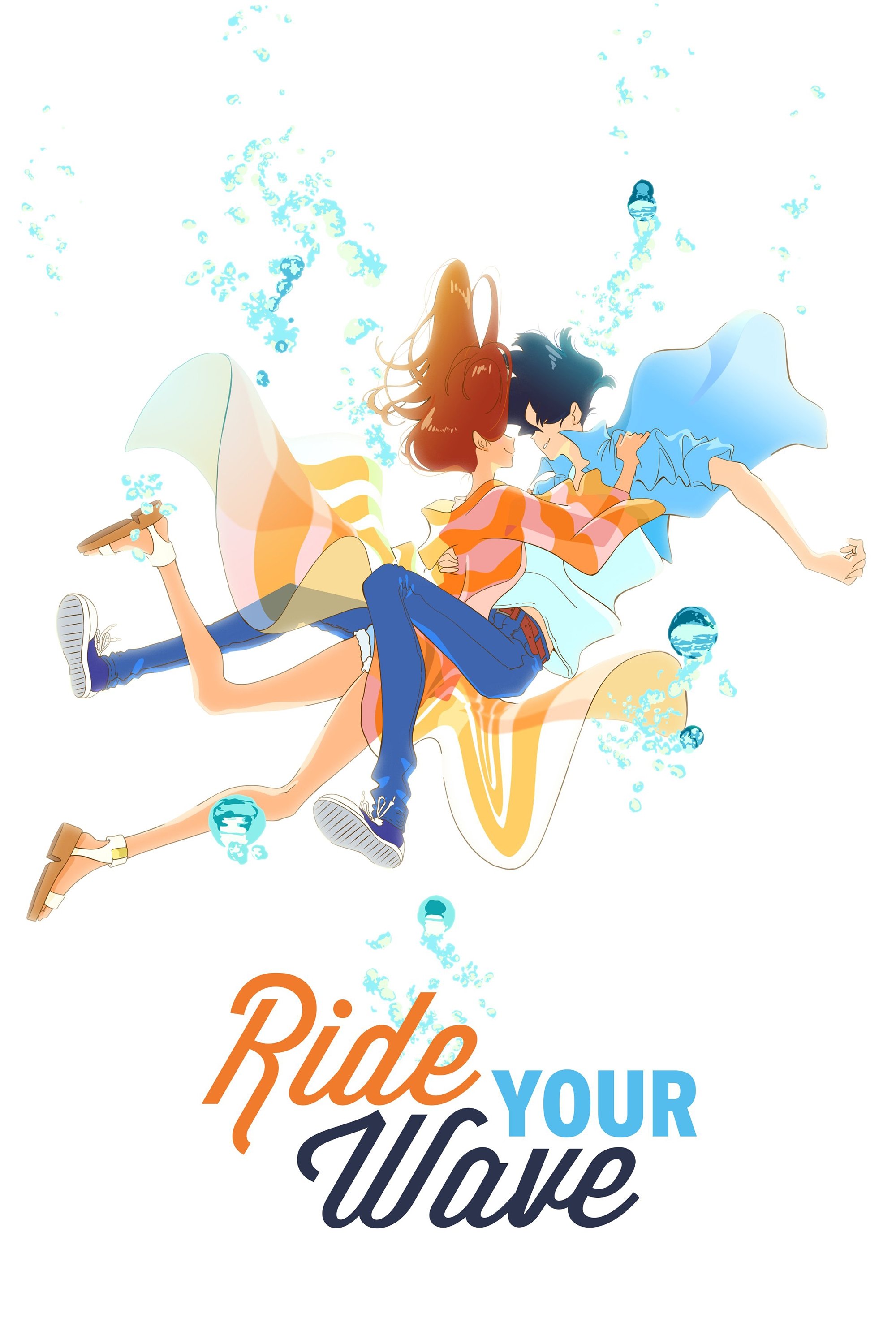
Throughout the music, images like surfboards, wetsuits, and rescue buoys act as recurring symbols. Water is depicted as a powerful force, influencing how characters appear – whether through gentle fountains, everyday kitchen scenes, or dramatic storms. Specific coastal locations – breakwaters, lighthouses, and ocean-facing apartments – ground the story in a particular seaside setting. The music returns to these images with calming waves and cityscapes to bring a sense of closure to themes of loss and homecoming.
‘A Lull in the Sea’ (2013–2014) – underwater school life and tidal boundaries
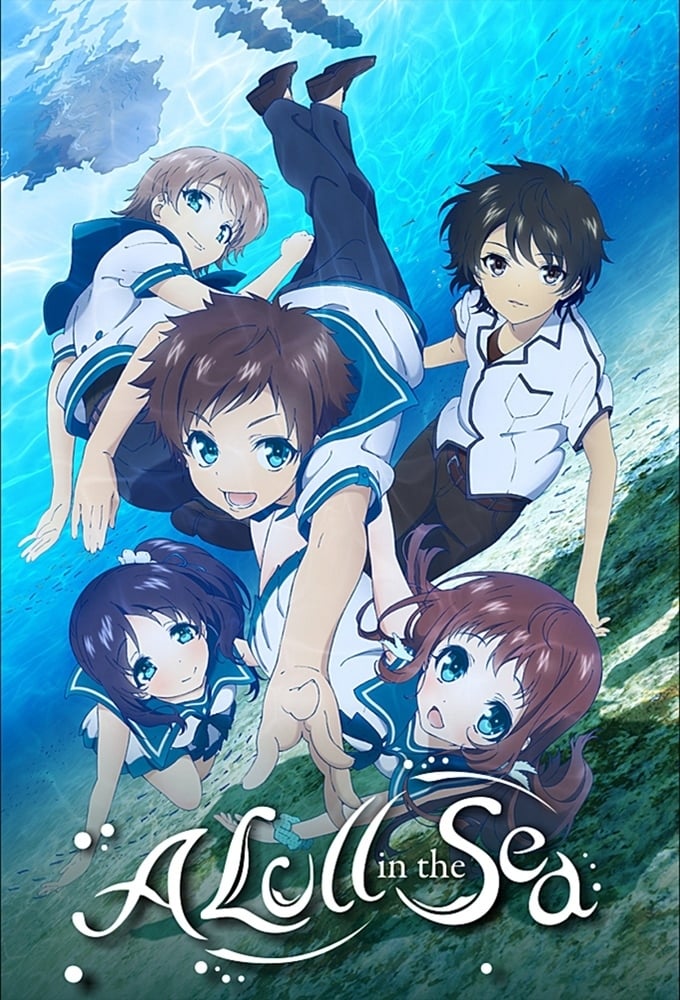
The film uses recurring images of streets flooded with water, showing classrooms, paths to shrines, and homes alongside coral reefs. Visual effects depict ocean currents as flowing lines that connect characters, highlighting changes in seasons and social tensions. Repeated shots of things like pier steps, ladders from boats, and waves in the water mark shifts between different communities. The overall look is softened with images of shells, scales, and shimmering light, reflecting the story’s traditions and myths.
‘Eureka Seven’ (2005–2006) – surfboards and sky-wave mecha
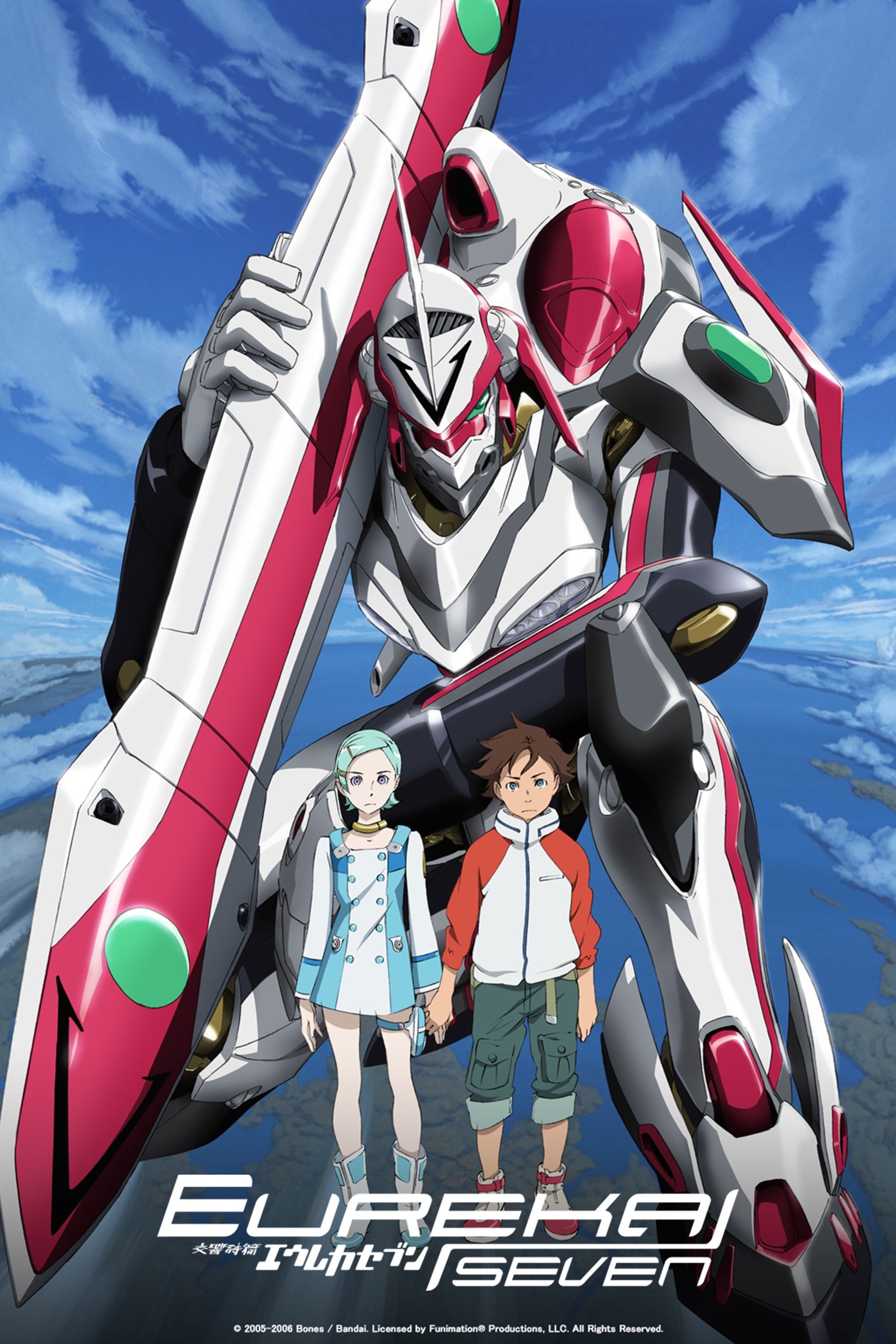
This project blends the vibe of surf culture with the high-tech world of giant robots. Instead of ocean waves, robots ‘ride’ energy waves, and the movements of surfers are mirrored in the robots’ actions. The visuals connect beach scenes with aerial battles, using locations like coastal towns and cliffside runways. Throughout the project, quick cuts and hand-drawn sketches of surfboards and gear help create a genuine subculture feel within this science fiction setting.
‘Paranoia Agent’ (2004) – tidal wave as societal pressure
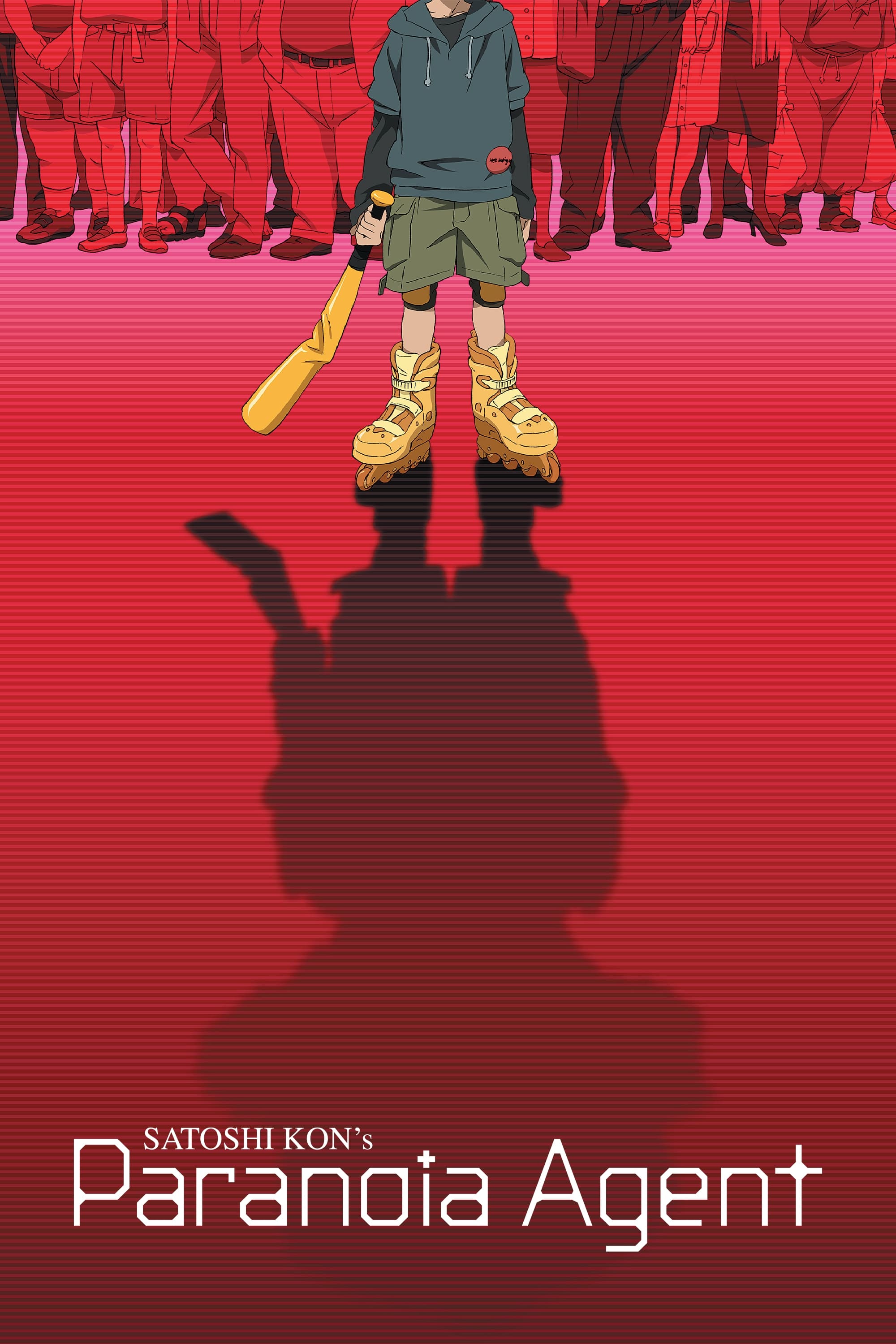
The artwork depicts people laughing while huge natural disasters, like a giant wave crashing over a city, loom in the background. This imagery quickly conveys widespread anxiety and how rumors can fuel panic. The repeated appearance of the wave suggests the threat is constant and pervasive, not just a one-time event. In contrast, the editing shifts to quiet, solitary scenes, highlighting the difference between the growing public fear and moments of individual calm.
‘Cowboy Bebop’ (1998–1999) – silhouette jazz blueprinting
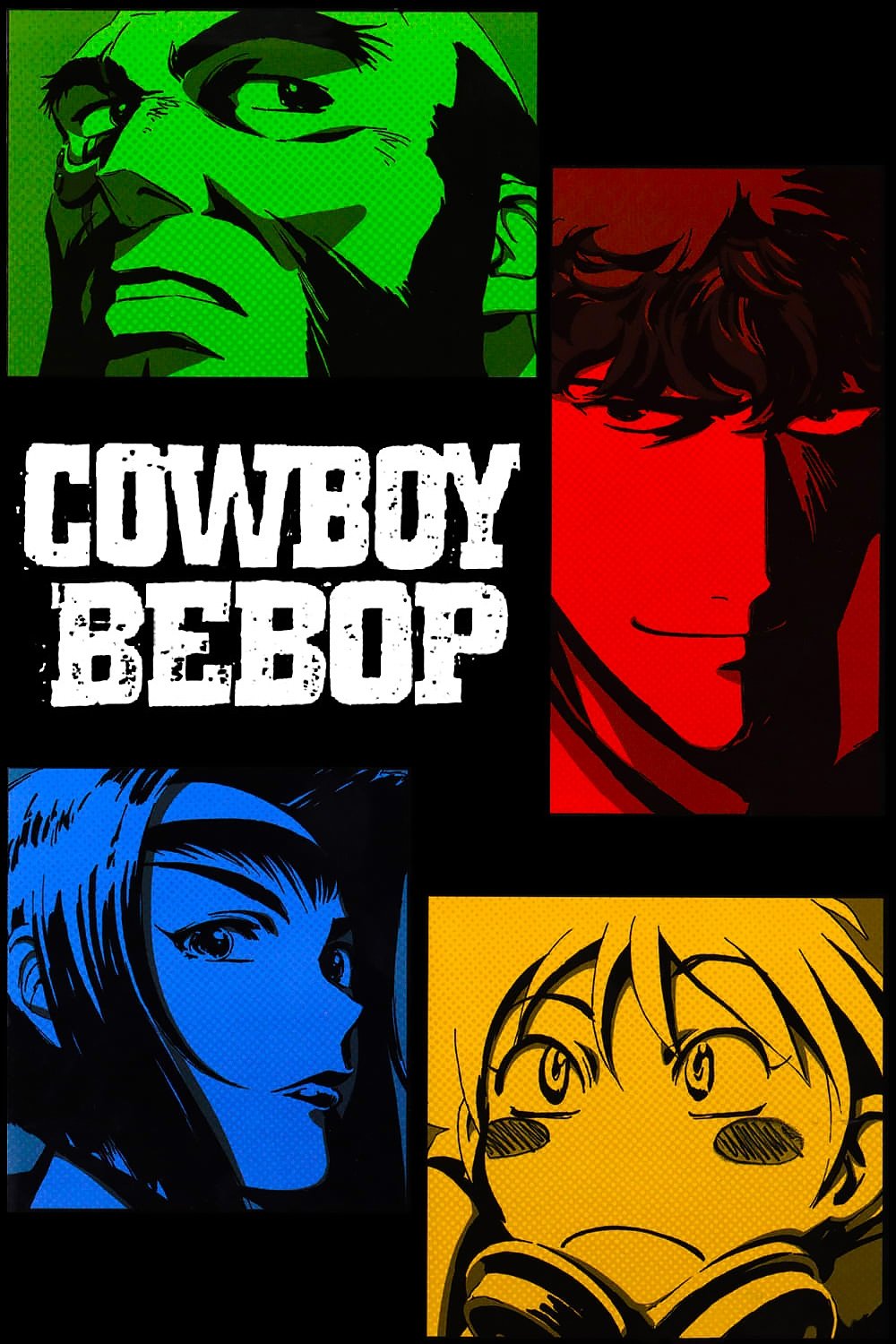
The opening sequence, ‘Tank!’, uses a dynamic style with split screens and textured visuals to introduce each character, much like a detective’s planning board. Before the story starts, we see quick shots of characters running and striking poses, establishing their individual styles. Distinctive fonts and colors are used repeatedly throughout the series, appearing in episode titles and previews. In contrast, the ending sequence features slow, grainy shots of cityscapes at night, providing a calmer, more atmospheric feel.
‘Serial Experiments Lain’ (1998) – wireframe skies and urban ennui

The music video for ‘Duvet’ uses a lonely person against a backdrop of gray skies, power lines, and deserted streets to suggest a feeling of being isolated despite being connected. The video’s repeating patterns of overhead cables represent both real infrastructure and the digital world. Slow camera movements and few cuts highlight this disconnection, creating a mysterious and technological atmosphere. As the video progresses, it focuses on dark indoor spaces and still images, strengthening the idea of quiet, confined environments.
‘Air’ (2005) – summer coast and distant horizon
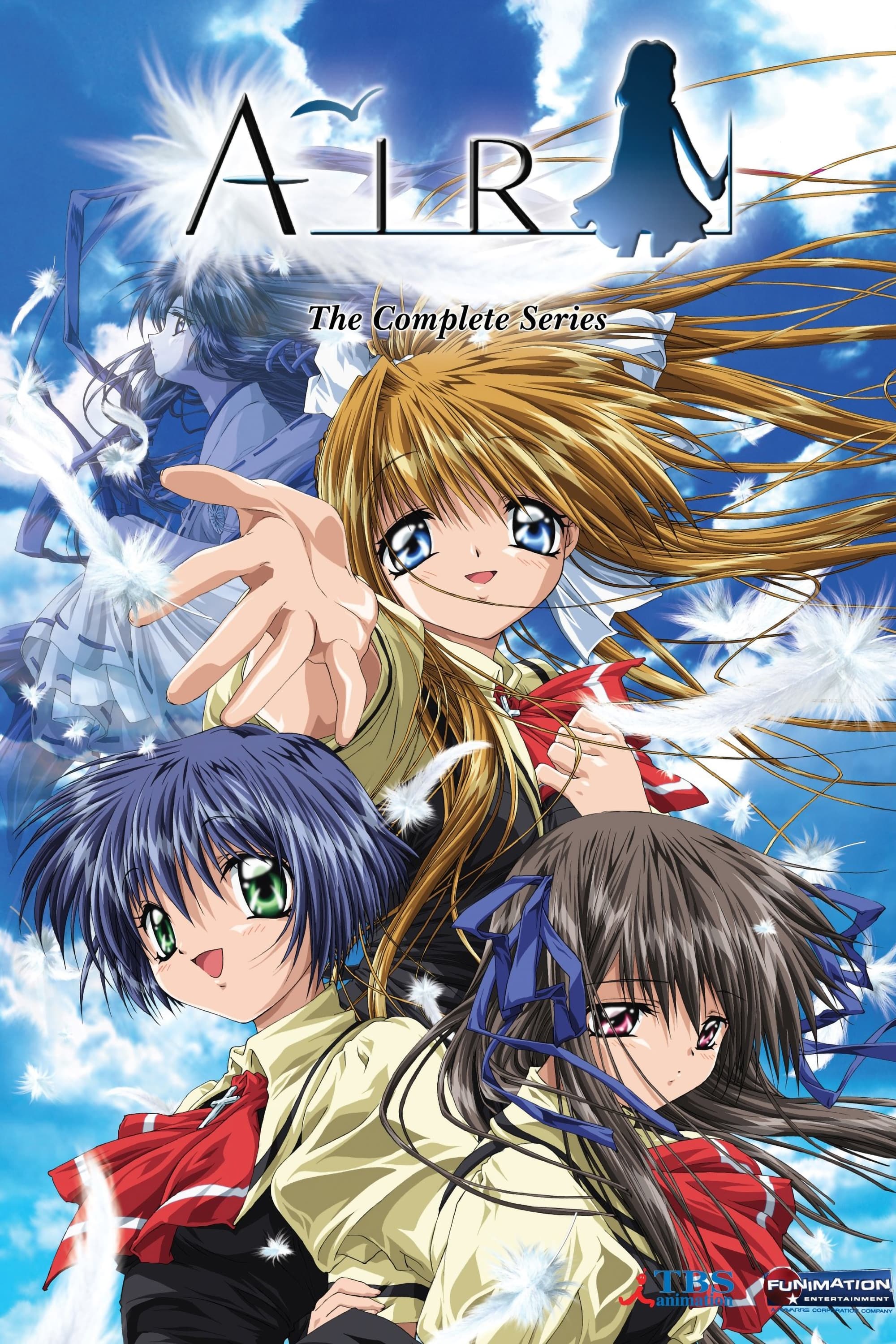
The show’s visuals combine scenes of coastal towns—like piers, seawalls, and trees buzzing with cicadas—with sweeping shots of clouds from above. Recurring images of flowing ribbons and small, handheld charms represent both memories and hope. Beach paths and waves crashing on the shore often appear as transitions between important conversations. The ending sequence consistently uses combinations of sky and sea to emphasize the show’s themes of journeys, being apart, and coming back together.
‘From Up on Poppy Hill’ (2011) – signal flags over the harbor
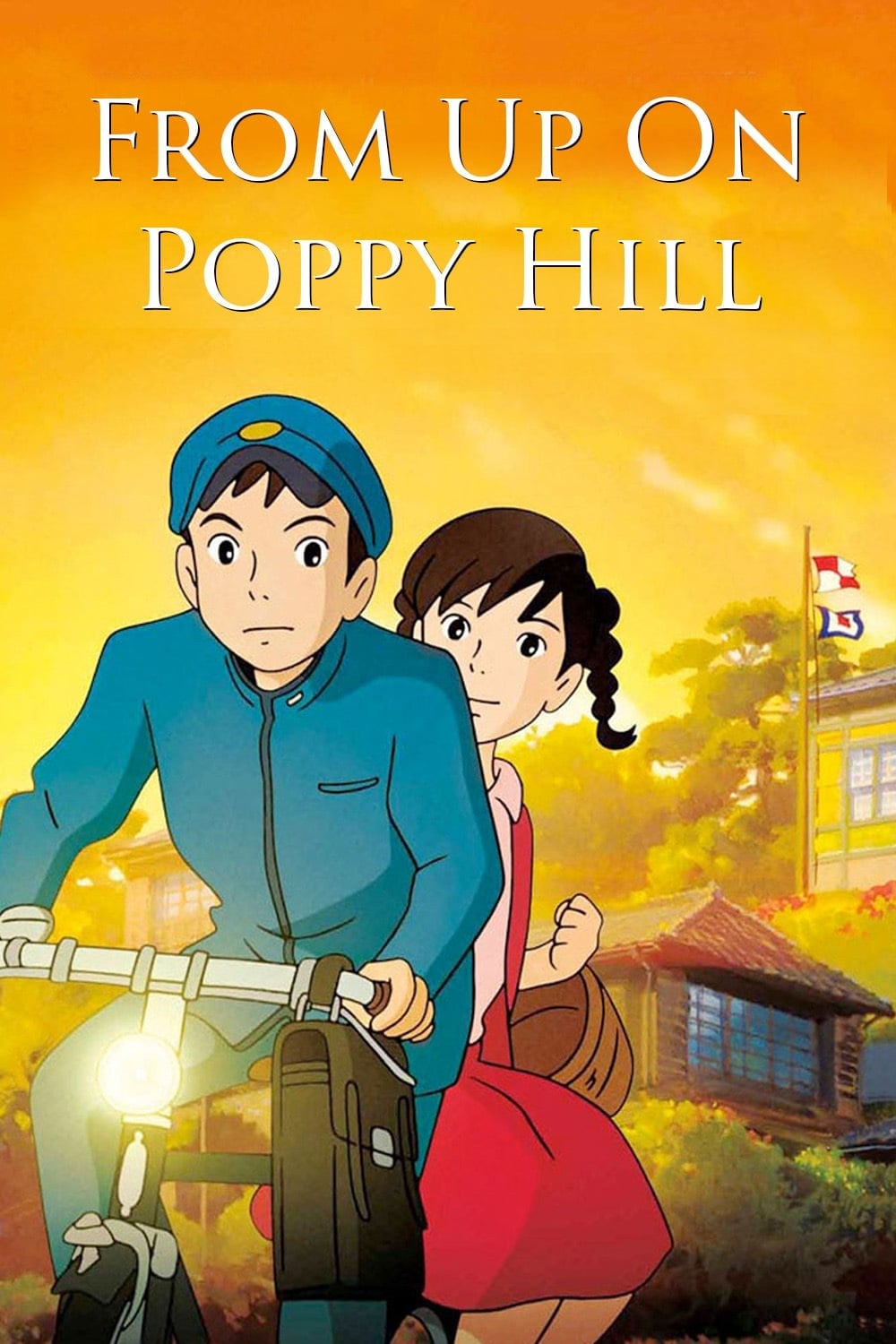
The film opens with shots of signal flags being raised from a house on a hill, becoming a part of the family’s everyday life. Scenes of the harbor, including cargo ships and ferries, immediately establish the bustling port as a central location. These flag-raising shots are also used to smoothly move between scenes, acting as a visual cue. The ending returns to images of the harbor walls and ropes, emphasizing the port itself as an important part of the story.
‘Summer Wars’ (2009) – analog summer vs. digital sea

The opening sequence contrasts warm scenes of family life in the countryside with the stark, digital world of the OZ network. Digital representations of people move through a data-filled space that feels like an ocean, with patterns of activity resembling currents. Brief glimpses of mathematical equations and network connections hint at the importance of what’s coming, before real-world problems begin. Later, the editing returns to peaceful countryside images, grounding the story after the overwhelming digital experience.
‘Mob Psycho 100’ (2016–2022) – counting swell and psychic burst
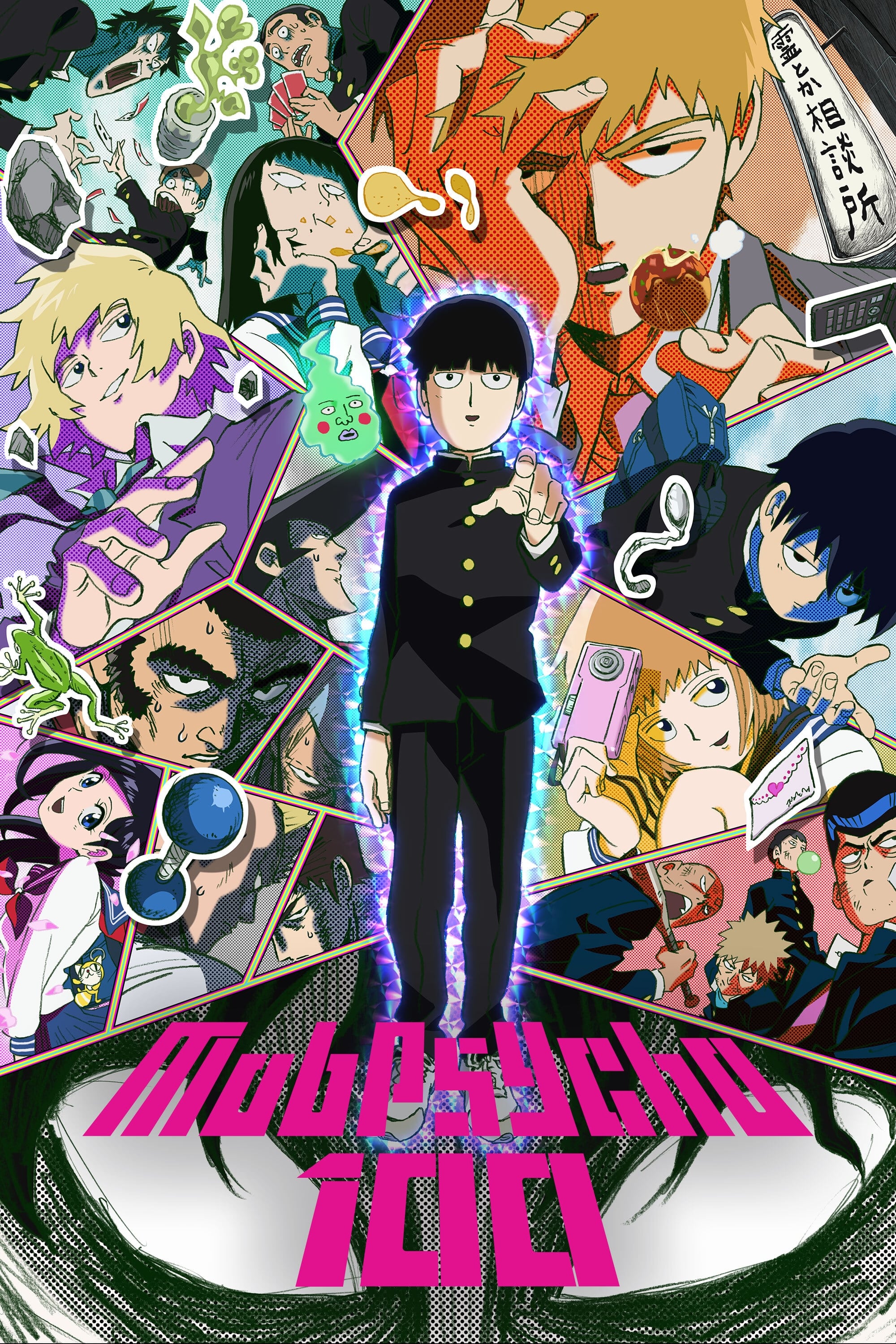
The video begins with a fast-paced sequence showing crowds, cityscapes, and flowing, wave-like visuals, all counting upwards. Spinning tunnels and expanding circles visually represent a buildup of energy. Hand-painted effects and blurred frames highlight the moment of greatest impact. Often, these energetic sequences resolve into calmer scenes of sketchbooks or ordinary objects, bringing the viewer back down to earth.
‘Jujutsu Kaisen’ (2020– ) – street-dance ED and urban afterglow
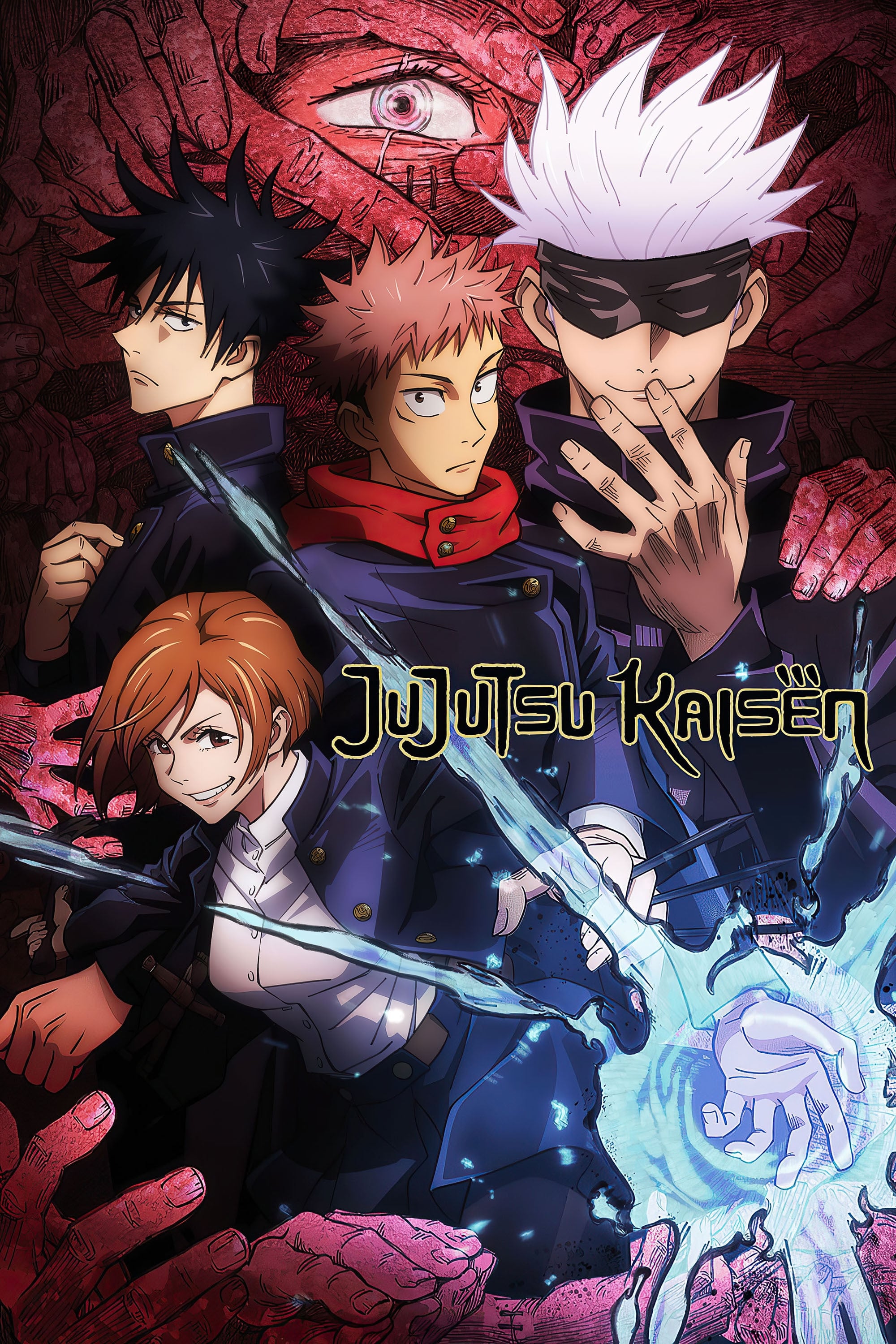
The show uses unique editing to cut between scenes of the cast hanging out in late-night city locations, blending dance sequences and bright neon lights. This more casual movement and interaction provides a break from the show’s intense, supernatural scenes, showing the characters relaxing and bonding. The camera smoothly travels through places like arcades, rooftops, and shops, making the city itself feel like a living character. These scenes are then contrasted with darker imagery—like ink spills, protective charms, and warped buildings—representing the show’s cursed world.
‘Attack on Titan’ (2013–2023) – ocean as frontier and OP heraldry

Throughout the series, the creative team uses visual elements like military flags, building plans, and battle formations to illustrate the conflicts and beliefs at play. A key scene on the coast changes how we see the ocean, presenting it as both a fantastical space and a dividing line, which then impacts what the characters want. As the story progresses, the opening credits incorporate map-like designs and illustrations of creatures, giving a sense of history to the ongoing conflict. Finally, the visuals focus on personal items like family keepsakes and field drawings, connecting the large-scale war to individual experiences.
‘Puella Magi Madoka Magica’ (2011) – collage witches and candy-colored misdirection
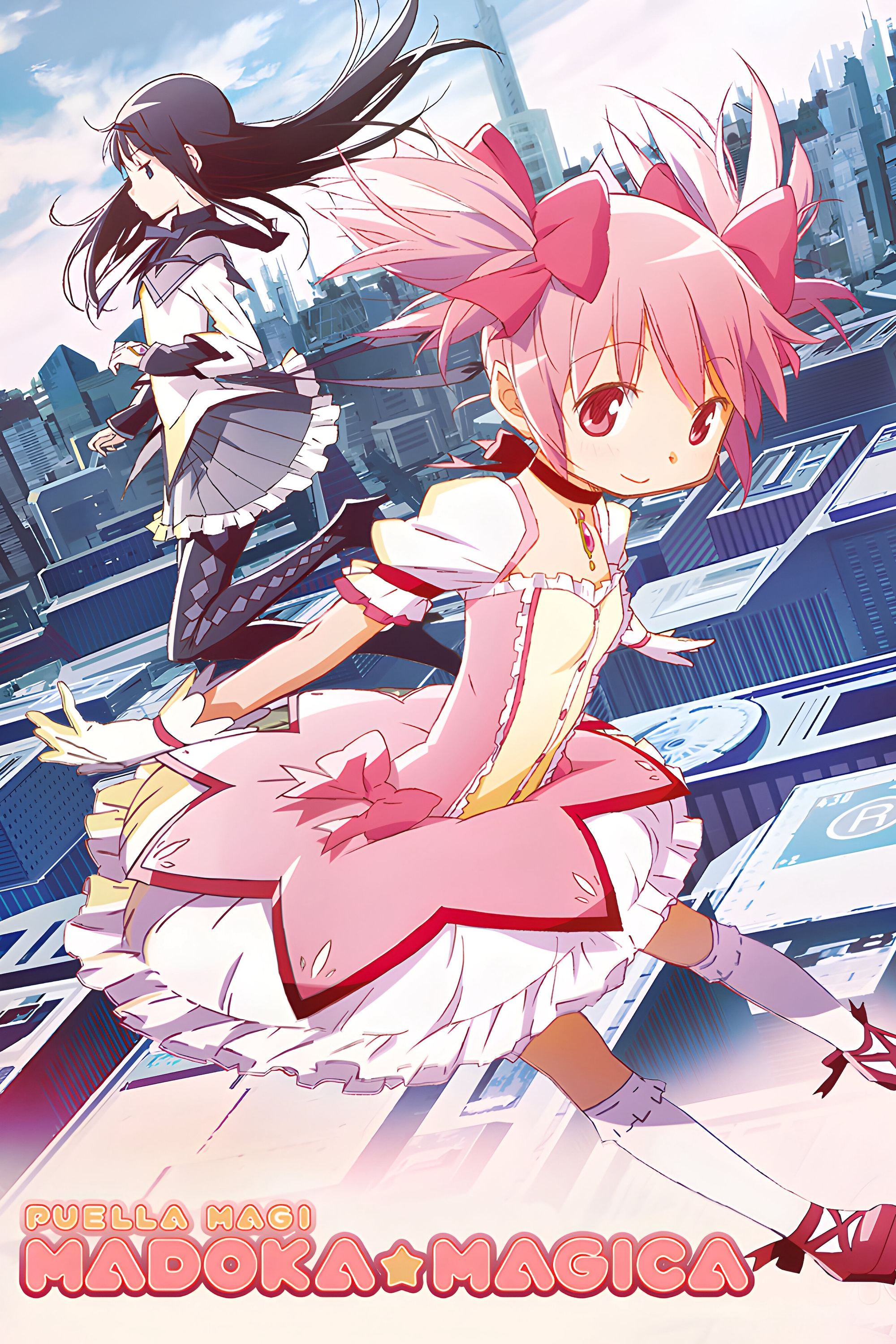
The show uses gentle colors, school hallways, and flowing movement to hide its more complex and unsettling elements. Magical barriers are visually represented through creative techniques like paper cutouts, chalk drawings, and fabric patterns, which become recognizable throughout the series. These designs reappear during scene changes and fight sequences, hinting at shifts in how magic works. The ending sequences become darker and more subdued, focusing on shadowy figures and nighttime city views to suggest that important, permanent changes are coming.
We’d love to see your best beach photos or screenshots from the One Piece episodes! Tell us what image or moment resonated with you the most – what really stood out?
Read More
- Silver Rate Forecast
- Gold Rate Forecast
- Красный Октябрь акции прогноз. Цена KROT
- Nvidia vs AMD: The AI Dividend Duel of 2026
- Dogecoin’s Big Yawn: Musk’s X Money Launch Leaves Market Unimpressed 🐕💸
- Bitcoin’s Ballet: Will the Bull Pirouette or Stumble? 💃🐂
- Navitas: A Director’s Exit and the Market’s Musing
- LINK’s Tumble: A Tale of Woe, Wraiths, and Wrapped Assets 🌉💸
- Can the Stock Market Defy Logic and Achieve a Third Consecutive 20% Gain?
- Solana Spot Trading Unleashed: dYdX’s Wild Ride in the US!
2025-11-05 16:49